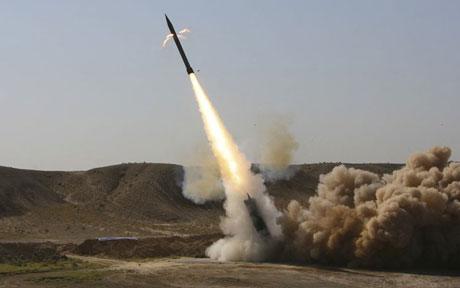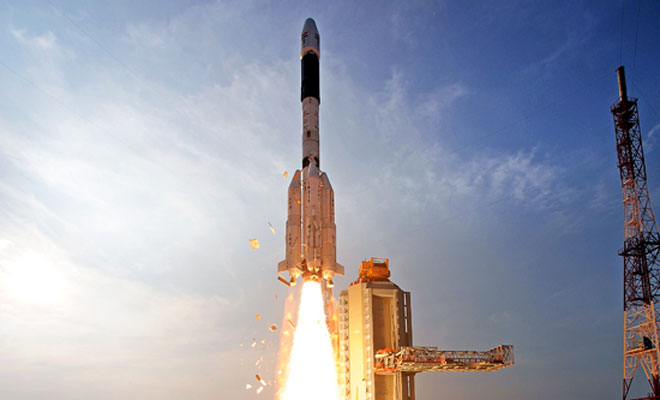
CHENNAI (PTI): Amid the success of India's Mars Orbiter Mission to the Red Planet, ISRO scientists are working towards the launch of the country's next rocket PSLV-C26, which would carry IRNSS 1C satellite, the third in the IRNSS series from Sriharikota on October 9.
"We are working towards the launch of IRNSS 1C, which is tentatively scheduled around 2 am on October 9. The stacking of PSLV C26 stage 2 has been completed. This is identical to the earlier ones in the series IRNSS 1A and IRNSS 1B. The countdown for the launch would be a bit longer for over 60 hours and likely to commence on October 6," a senior ISRO official told PTI on Friday.
As part of its aspirations to build a regional navigational system equivalent to Global Positioning System of the US, ISRO had planned to send seven satellites to put in place the Indian Regional Navigational Satellite System (IRNSS).
The first two satellites in the series, IRNSS 1A and IRNSS 1B, were launched from Sriharikota on July 1 last year and April 4 this year respectively.
ISRO needs to launch at least four of the seven satellites to start the operations of the IRNSS, the official added.
Being developed by India, IRNSS is designed to provide accurate position information service to users in the country as well as the region extending up to 1,500 km from its boundary, which is its primary service area.
IRNSS' applications include terrestrial and marine navigation, disaster management, vehicle tracking and fleet management.
IRNSS is similar to US' Global Positioning System, Russia's Glonass and Europe's Galileo. China and Japan too have similar systems named Beidou and Japanese Quasi Zenith Satellite System respectively, ISRO officials said.
 Previous Article
Previous Article Next Article
Next Article













The Indian Air Force, in its flight trials evaluation report submitted before the Defence Ministry l..
view articleAn insight into the Medium Multi-Role Combat Aircraft competition...
view articleSky enthusiasts can now spot the International Space Station (ISS) commanded by Indian-American astr..
view article